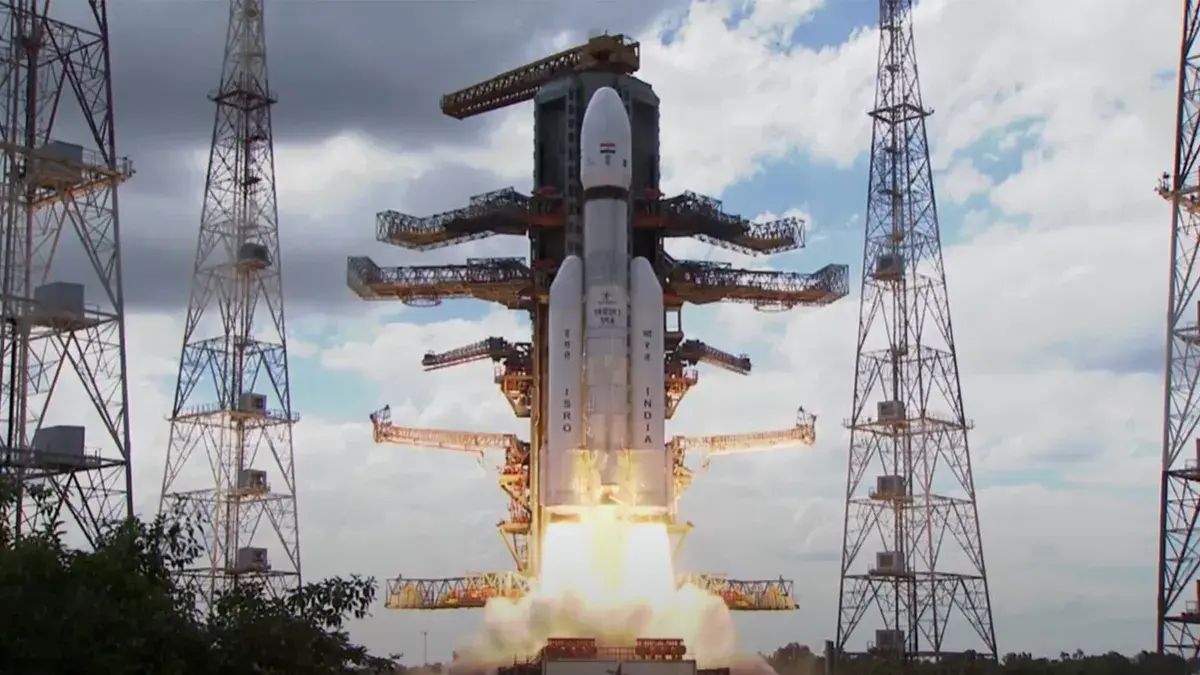On a successful Friday, July 14, the Indian Space Research Organization (ISRO) successfully launched Chandrayaan-3.
It is India’s third mission dedicated to lunar exploration. The spacecraft took off on a Launch Vehicle Mark 3 (LM-3) rocket from Sriharikota in Andhra Pradesh.
Chandrayaan-3, India’s ambitious lunar mission, represents a significant leap in the country’s space exploration program.
It represents a significant stride in India’s space exploration program, showcasing the nation’s commitment to scientific discovery and technological advancements. With the launch of Chandrayaan-3, India is making its second attempt at a lunar landing after the previous mission’s setback in 2019. If successful, India will join the United States, Russia, and China as the fourth country to achieve a soft landing on the moon.
Pioneering a Soft Landing at the Lunar South Pole
Notably, the Chandrayaan-3 mission aims to land near the south pole of the moon at approximately 70 degrees latitude. Achieving a soft landing on the moon’s south pole presents a significant challenge due to its rugged and rocky terrain. If successful, it will be the first mission in history to accomplish a soft landing in this region, surpassing other nations. Previous soft landings have occurred in the moon’s equatorial areas. This mission represents a significant milestone in lunar exploration and understanding the moon’s diverse geological features.
Enhanced Lunar Exploration
Chandrayaan-3’s main goal is to explore the lunar surface, focusing on regions that have not been extensively studied before. By deploying advanced instruments and technologies, the mission aims to gather data about the Moon’s topography, mineralogy, and elemental composition. These insights will help in understanding lunar evolution and shed light on the origin and evolution of the Earth-Moon system.
This knowledge will also contribute to future space exploration efforts and scientific advancements.







